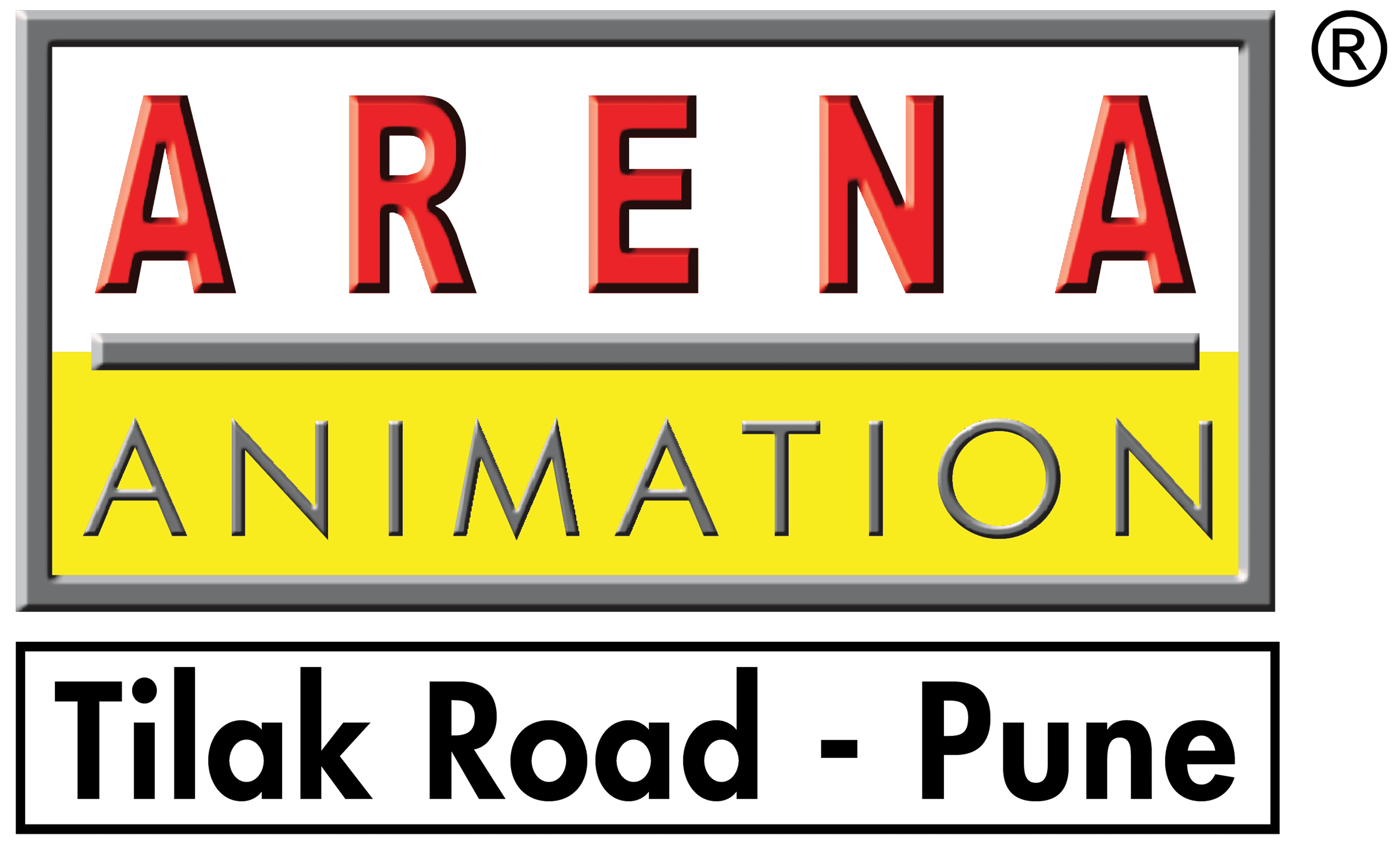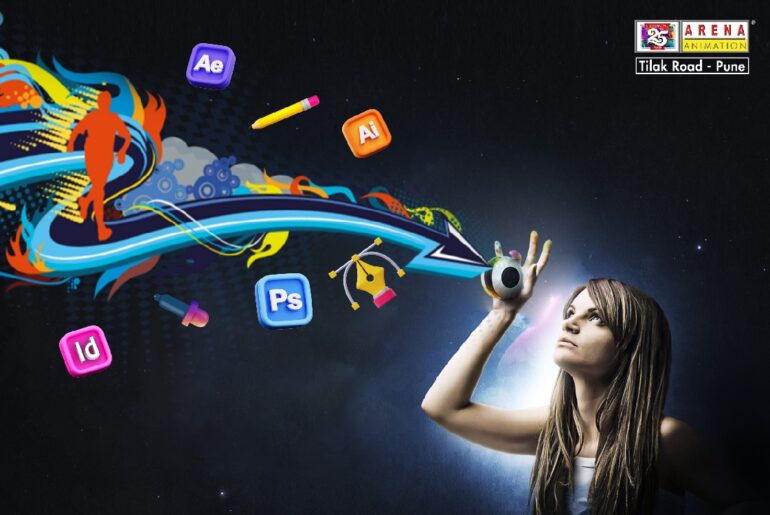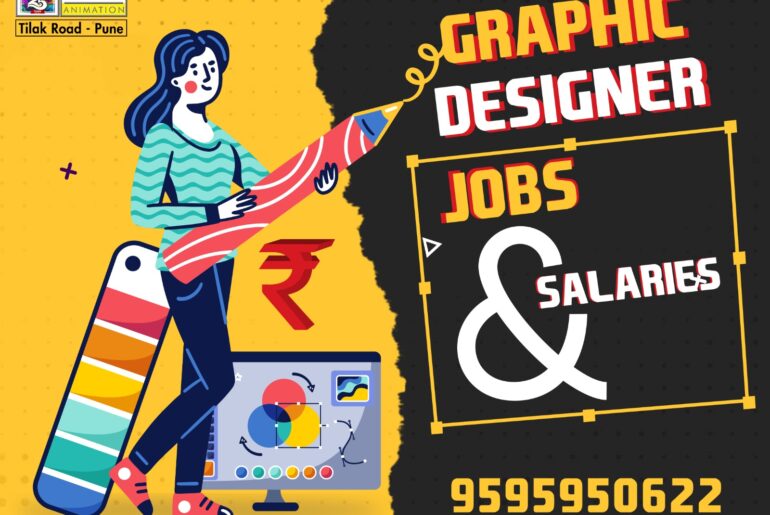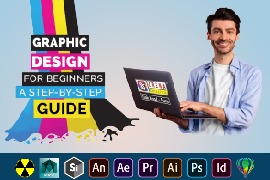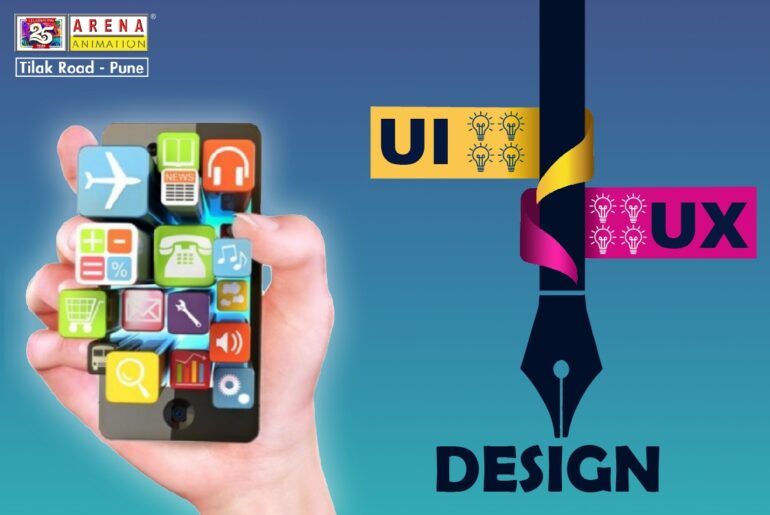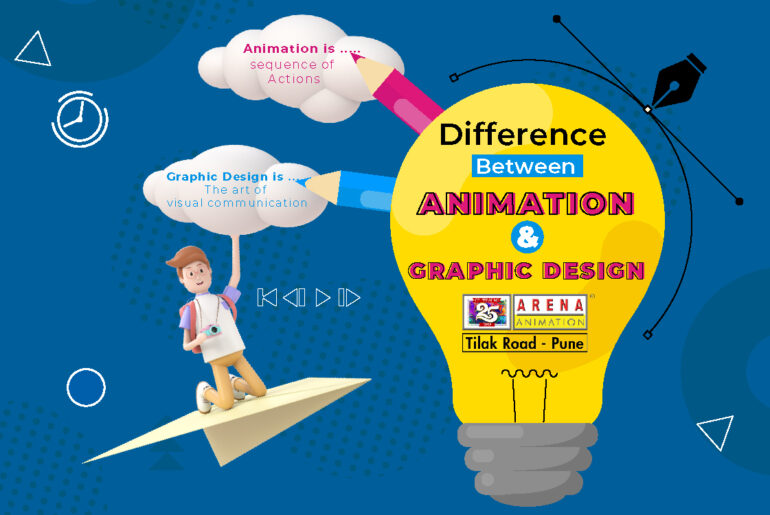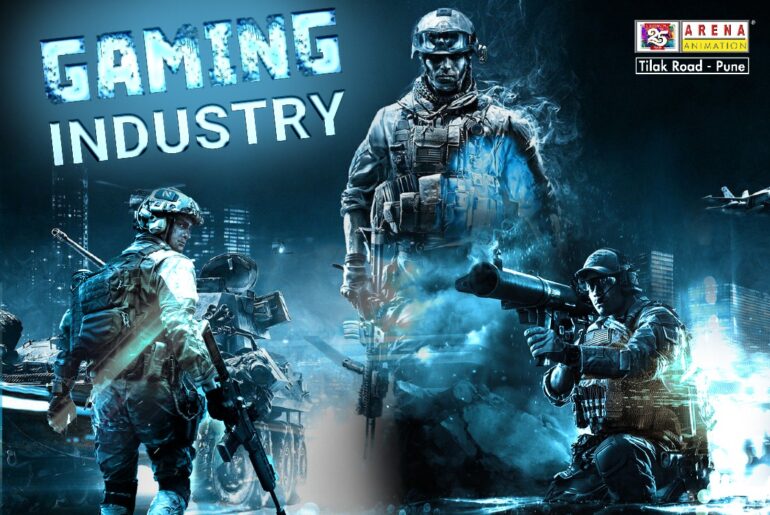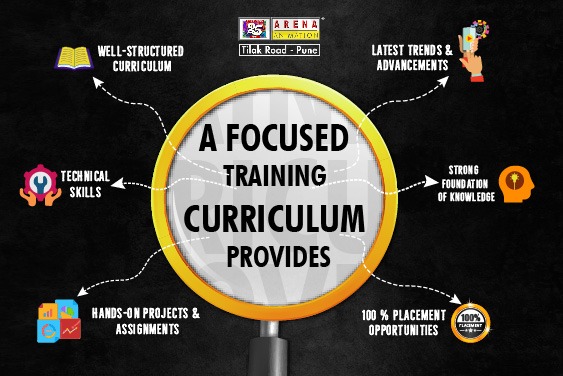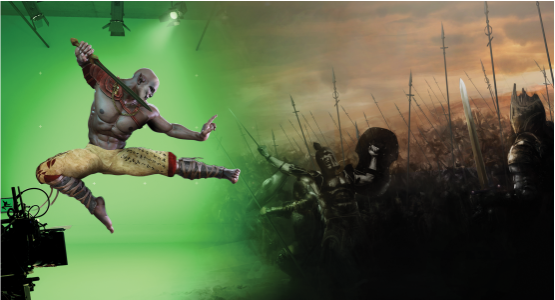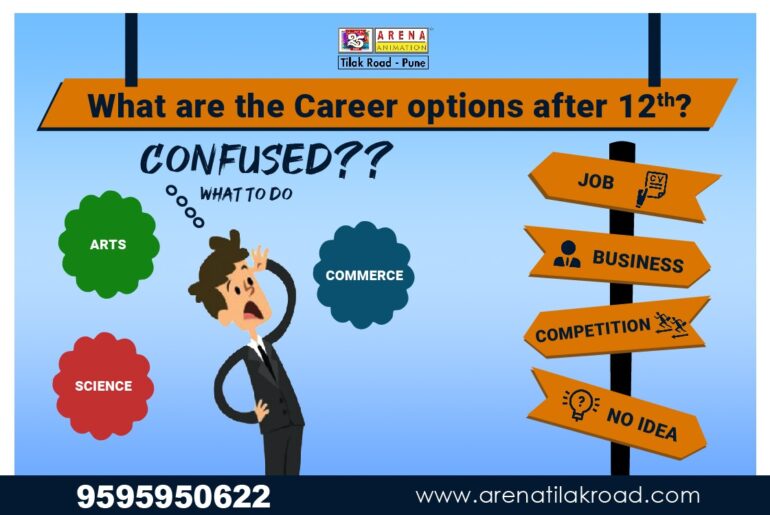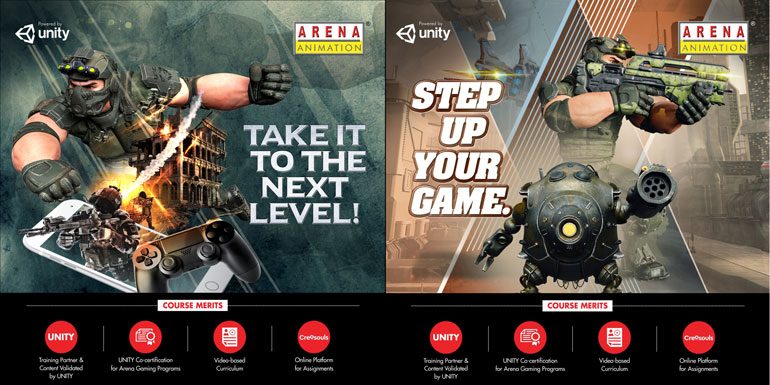The 2023 graphic design trends are here, ushering in another year of stylish comebacks and exciting new avenues to explore in design. What, if anything, separates 2023 from previous trends, though?
Graphic design continues to evolve and adapt to new technologies and changing consumer preferences. In 2023, we can expect a rise in minimalist and versatile designs, bold colors, and a focus on sustainability and accessibility. With the growing popularity of virtual and augmented reality, designers will also experiment with immersive design experiences. These trends will shape how brands communicate with their audiences and provide unique visual identities in a highly competitive market.
Design professionals respond to global challenges in various ways. The advent of new technologies has piqued the interest of many, who see the future with a sense of optimism and curiosity. Some people fight against limitations and anti-establishment feelings through escapist yearning, while others rebel by coming up with novel ways to break the rules. Undoubtedly, 2023 will be remembered as a watershed moment in graphic design’s varied aesthetic evolution. The seven most important developments in graphic design are:
1. Astrological Tarot Card Interpretation
Mysticism and spirituality have always had an audience, but recently they have attracted a wider one. The mysterious nature of the admired subculture contributes to its widespread popularity. The yearning for something certain, like the laws of the cosmos, makes it not unexpected that the tarot style and art deco design are popular among the younger generation.
2. Three-Dimensional Materials for the Art of Pastel
Thanks to the development of AI creative tools and the metaverse introduction, designers can combine elements of several aesthetic traditions into one cohesive whole. These days, 3D elements are a staple of graphic design. Logos, typefaces, and other graphic design elements in 3D are becoming a new trend. While tech firms are the most likely to adopt this design trend, its application is not limited to that industry.
3. Custom Type
In recent years, major organizations have seen an uptick in employing hand lettering and alternative fonts. By changing the shape of letters or creating new fonts from scratch, hand-lettering may add a unique flavor to your design work and give your branding efforts a genuine boost in originality and character. When creating a new type lockup, wordmark, or any other type-related design, think about how you may make it stand out from the crowd.
4. The Clay Style
This well-known visual art conveys a powerful message: flaws may be beautiful. You can achieve Plasticine Clay’s look by working with plasticine or using a digital method. In contrast to the usual glossy, smooth surfaces of 3D design, the 2023 Plasticine Clay graphic design trend features rough textures that look like they were molded with fingers. That’s why it’s there—constantly reminding you that perfection is overrated and lies in flaws.
However, that’s not all. Plasticine Clay’s design is always evolving. It does not dry out, there are no limits to it, and it lends itself to many permutations in form and function. Are you looking for a new, fresh way to think, feel, and create in 2023? Then, go no further than this innovative trend in graphic design. It exists to show you that you have the power to alter the world.
5. Make an Impression Using Foil
A lot of attention will be paid to foil printing in 2023 as a major trend in the graphic design industry. Although gradients have recently made a comeback, foils still provide a unique way to give your print materials that extra touch of elegance and style. Using foil printing, your brand might try to make your products seem more high-end and sophisticated. Moreover, you can see the versatility of foil in custom business cards. Multi Colored foil, for instance, can be used to give an item a more futuristic appearance, as can the full-on use of gold.
6. Minimalistic and Streamlined Layout
The minimalist, clean style was introduced to the graphic design industry in response to the chaos and chaos-inducing qualities of the 3D Memphis style. This style encourages you to embrace the essence of things. A clean graphic design removes unnecessary ornamentation, making room for the content.
It’s possible that this aesthetic, becoming more widespread, may soon be reflected in the three-dimensionality of our everyday lives. Colors such as white, beige, and whitish shades of others on the color wheel predominate in the primary color palette of this clean graphic design style.
7. Airbrush Surrealism
Surrealism has lasted as an aesthetic trend due to its potential to shock and astonish. In 2023, however, soft retro filters are added to bizarre chimerical artwork, blending surrealism with stunning airbrush methods from the 1980s.
The result is a homogenous mist that envelops the artwork, reducing the disorientation that is characteristic of surrealism. The balanced combination of hues produces an inviting and ethereal shimmer. Airbrush surrealism generally encourages a cheerful disposition, implying that the extraordinary has become the standard.
Wrapping Up
There you go! Above mentioned are the seven major trends in the field of graphic design we can expect in 2023. Think about ways you may apply these trends to your work to ensure that you remain ahead of the curve.
However, remember that rules are meant to be violated, so don’t be afraid to step outside the mainstream and create your unique look. The 2023 graphic design trends are an exciting continuation of art history. Mysticism, abstract color gradients, and floral motifs all have a relaxing effect on the mind. Even though economic austerity threatens to constrain daily life in 2023, the graphic design remains a powerful force of creation and innovation.
2023 is shaping to be exciting for graphic design, focusing on bold typography, vibrant colors, abstract and surreal visuals, and 3D elements. Designers will also continue to explore sustainable design practices, incorporating natural elements and using technology in new and innovative ways. As technology advances, it will play a crucial role in defining the graphic design trends of 2023, and designers will have to be adaptable and open to experimentation to keep up with the ever-evolving landscape of the design industry.
